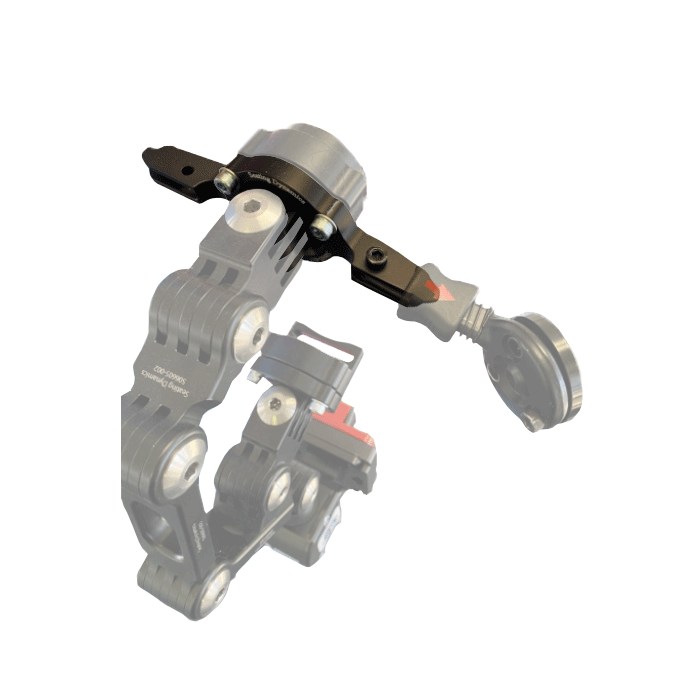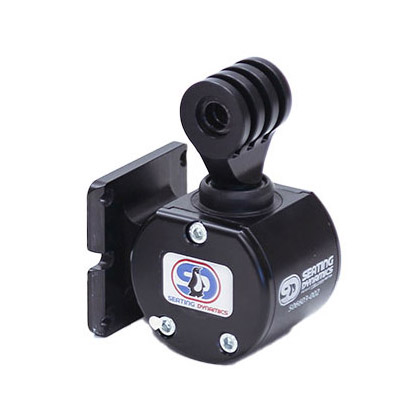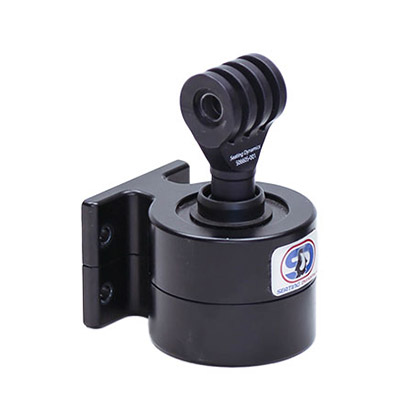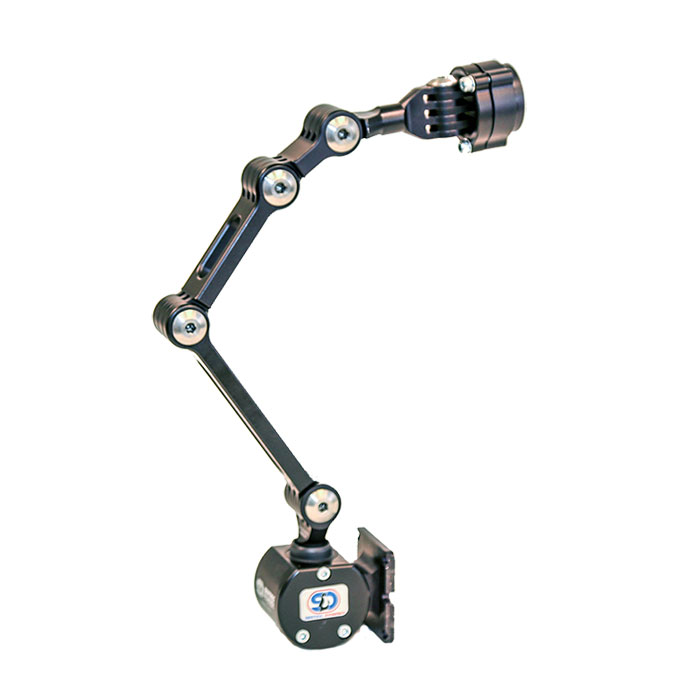FAQ: Can Dynamic Seating be used on a Power Wheelchair? Yes! Let’s Talk Compatibility.

Dynamic Back and Footrests on a Power Wheelchair
Michelle L. Lange, OTR/L, ABDA, ATP/SMS
Updated 3/4/24
One question Seating Dynamics is frequently asked is whether Dynamic Seating can be used on a power wheelchair.
Dynamic Seating can indeed be used on power wheelchairs. This leads to two other questions: 1) what power wheelchairs are compatible with Dynamic Seating, and 2) what are the clinical indicators and contra-indicators for using this technology on a power wheelchair? We addressed the second question in this this blog.
What power wheelchairs are compatible with Dynamic Seating?
We have a Compatibility Matrix for all of our products on both manual and power wheelchairs. This lists each wheelchair manufacturer alphabetically with models in drop down lists and is continually updated. You can find it here.
The Dynamic Rocker Back interface and Dynamic Footrests are compatible with the specific seat frame placed on the power wheelchair base. Several seat frame options may be available on one power wheelchair base. One seat seat frame option may work on several power wheelchair bases.
The Dynamic Rocker Back interface (DRBi) is not compatible with any manual or power recline as both technologies open the seat to back angle. Most clients who actively extend with force at the hips respond with further extension with a significant increase in seat to back angle. The DRBi also requires tubular back canes. The DRBi is positioned at the bottom of the back canes, typically requiring these to be cut. Tubular frames are also compatible with the widest range of seating options. Single or dual post armrests, rather than mounting to the back canes, may be required. The minimum distance from the seat rail to the top of the arm pad will be 11" using a back cane mount, and this may be too high for the client, particularly in children.
Dynamic Footrests require use of swing-away footrest hangers, rather than center-mount. Manual or power elevating and / or articulating legrests (ELRs) are not compatible as both interventions open the knee angle. Clients with increased tone and force are able to readily move a manual ELR in extension and cannot return to a starting position. Clients with increased tone and force may not tolerate a power ELR as external force is pulling against a tight muscle. Dynamic Footrests move in response to client force and only as far as the client has active range. Shoe holders and straps are typically required to keep the client's feet on the footplates so that client forces activate the dynamic component rather than the feet simply moving off of the footplate.
Dynamic Head Support Hardware is not power wheelchair specific, but rather back specific. The hardware is compatible with a standard 2" x 2" or 2" x 1" 4 hole mounting plate.
Dynamic Seating works very well on many power wheelchairs. If you are unsure about compatibility, or you don’t see what you need, please contact us for more help at 303-986-9300. Seating Dynamics is continually working to expand our list of compatible mobility bases.










